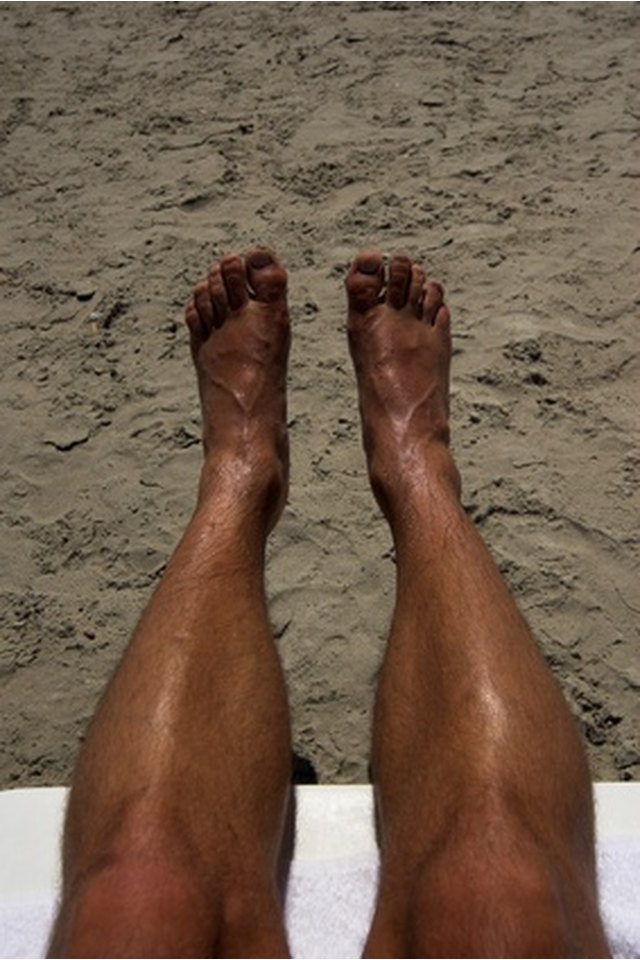What does fact checked mean?
At SportsRec, we strive to deliver objective content that is accurate and up-to-date. Our team periodically reviews articles in order to ensure content quality. The sources cited below consist of evidence from peer-reviewed journals, prominent medical organizations, academic associations, and government data.
The information contained on this site is for informational purposes only, and should not be used as a substitute for the advice of a professional health care provider. Please check with the appropriate physician regarding health questions and concerns. Although we strive to deliver accurate and up-to-date information, no guarantee to that effect is made.
How to Sit & Drive to Avoid a Shin Splint

A long drive can have physical repercussions such as shin splints. The repetitive impact of your foot hitting the gas or the brake of a car can cause overload on the structures of the lower leg. The layman's term for medial tibial stress syndrome, shin splints are a form of muscle stress. The bones of the lower leg, the tibia and fibula, are encased in a complex system of musculature. When these muscles are tight they pull at the bones and create tenderness and pain.
Stretch and warm up your calves before entering the car. To stretch the calf, place the ball of your foot on a curb or step and press your heel toward the ground. You will feel the stretch throughout the calf. Warm up the muscles before entering the car by lifting yourself onto your tiptoes then lowering yourself again. Repeat this motion a few times. Use a flat hand to rub your calves quickly. This massage technique is referred to as chafing; it warms the muscles under the skin.
Practice ergonomic sitting techniques. According to the CAP Workplace Ergonomics Reference Guide, published by the U.S. National Library of Medicine, ergonomics is "the field of study that seeks to fit the job to the person, rather than the person to the job." The guide details how to sit ergonomically in a desk chair to prevent repetitive injury. The principles that make sitting ergonomically in the workplace effective also apply to sitting in your vehicle. The back of the driver's seat should be placed in a position that supports the natural curvature of the driver's back. The seat should be far enough away from the steering wheel to allow the feet to rest comfortably on the floor near the brake and gas.
Keep the muscles of your calves relaxed. Avoid tensing your calves unnecessarily when you are not using your feet to control the car. For example holding your foot above the gas or brake will cause the entire lower leg to tense and may create shin splint tenderness. Rest your feet in a place on the car floor where you will still have quick access to the brake pedal. Use cruise control on the highway when available, as it will allow you to rest the foot controlling the gas.
Tips
If you feel the first signs of tension in your legs take a break and use the rubbing techniques to loosen up the muscles.
Wearing shoes that properly support the arch of your foot helps prevents shin splints.
References
Tips
- If you feel the first signs of tension in your legs take a break and use the rubbing techniques to loosen up the muscles.
- Wearing shoes that properly support the arch of your foot helps prevents shin splints.
Writer Bio
Tiffany Ross is a writer and actress who has been working in Chicago since 2004. She holds a Bachelor of Fine Arts in acting and is completing her Master of Science in Oriental medicine. Ross is a world traveler with experience working overseas.
